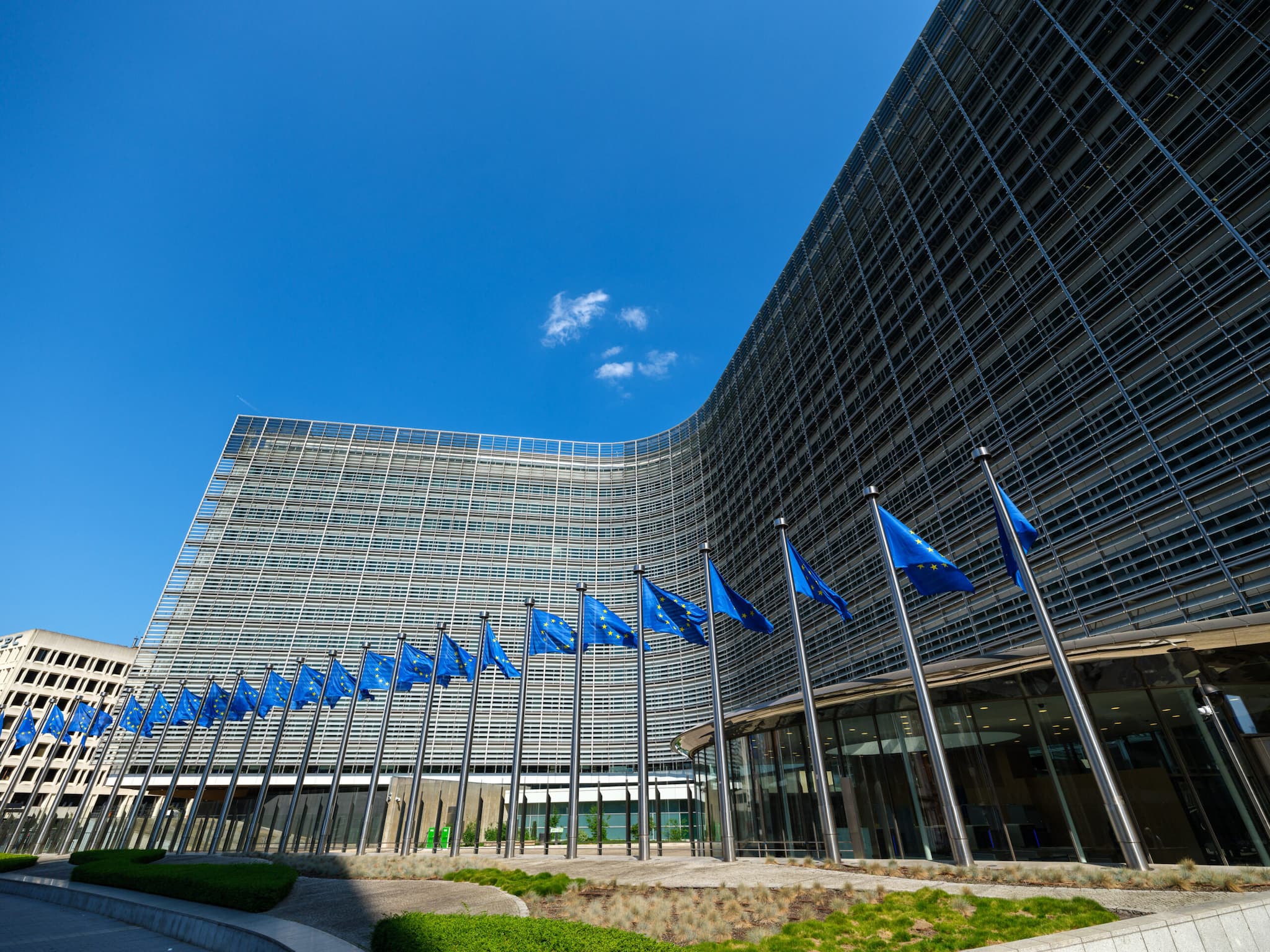Statement on the "EU climate target for 2040" initiative

The EU has committed to being carbon neutral by 2050. By next June at the latest, the European Commission must present a proposal for an interim target by 2040. It has called on all stakeholders to provide feedback on this via a public consultation. In their statement, researchers of the German BMBF-funded CDRterra research program highlight the role that Carbon Dioxide Removal (CDR) should play in achieving Europe’s climate targets.
CDR must complement emissions reductions to reach net zero
Ambitious emission reduction s targets for 2040 are essential if we are to effectively tackle climate change. But to ensure the EU meets its 2040 climate target, carbon removal must also be part of the overall strategy.
Removing carbon dioxide from the atmosphere is necessary as a complementary emissions reductions measure to offset hard-to-abate emissions – these arise, for example, from industrial processes such as the production of steel, iron and cement, air and freight transport, agriculture and waste incineration. Otherwise, achieving a net zero target is not possible.
This requires a clearly defined policy framework that incorporates the role of carbon removal into the European climate strategy. Also important is a transparent and thorough social and political discussion on how to define hard-to-abate emissions.
Avoiding either-or decisions on CDR methods
All currently available CDR options need to be considered and either-or decisions should be avoided. This is the only way to take into account that current CDR methods have various advantages and disadvantages, and that their side-effects and removal potentials may change over time – for example, as regulations or social acceptance change. By investing in research, development, and deployment of CDR, we can improve the understanding and effectiveness of CDR methods.
Certification framework to verify CO₂ removals
A robust framework for carbon removal certification is needed to ensure transparency, reliability and environmental integrity. The European Commission had already proposed such a framework in November 2022. The certification process should now include rigorous standards and monitoring mechanisms. These should verify that carbon dioxide removal is truly permanent and additional to emissions reductions, and that potential negative side effects are minimized.
Expand research to increase expertise
For a robust impact assessment of the 2040 targets, it is important to accompany their development and implementation with further research efforts. To meaningfully assess the feasibility and effectiveness of CO₂ removal technologies and approaches, we need a comprehensive knowledge base that combines environmental, technological , economic, political, social and legal aspects.